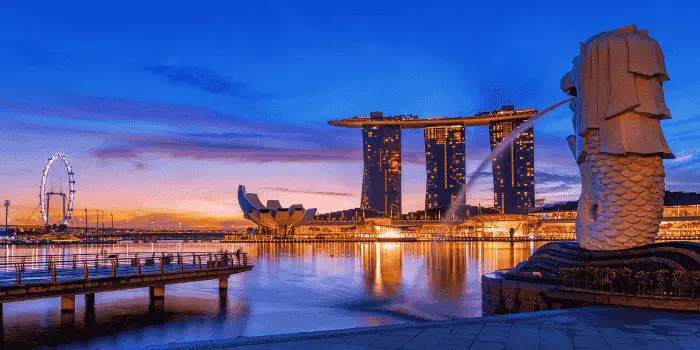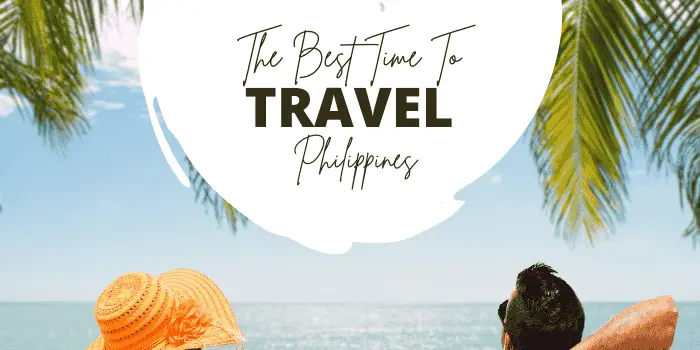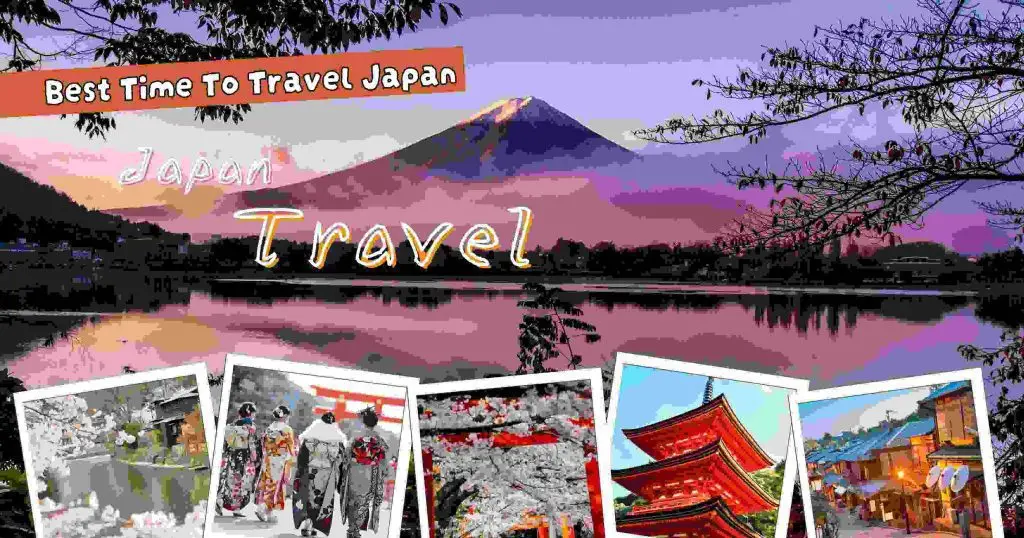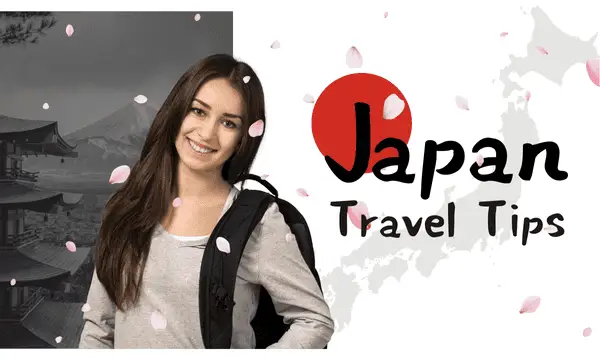What is the best time to visit Thailand
A Guide to Destinations in Thailand Thailand is famous as the Land of Smiles. Knowing the best time to visit Thailand can enhance your experience and help you avoid any disappointments. It offers rich culture, stunning sights, and delicious food. The country features bustling cities alongside calm beaches with colorful waters and lush jungles. Timing is crucial for your trip to this Southeast Asian paradise. Factors that influence Best Time to Visit Thailand— When to Visit Here are some key factors to think about when planning your trip to Thailand. First, consider the weather. It affects everything, from tourist activities to surfing. Next, attending festivals and cultural events can help you experience the country’s traditions and celebrations. Also, think about when you want to travel. Consider the crowds and your budget. Finally, be aware of the weather patterns. Also Read: Best time to visit Sri Lanka Thailand’s Climate Overview By climatic zone, Thailand is a tropical climate zone and features three main seasons — hot, rainy, and cool. Due to its geographical diversity, the weather conditions vary in different regions; however, the overall trend is consistent throughout these four seasons. These climates act upon each other, namely deciding the best season to visit (and what activities are ideal for when). Ideal Weather Season Some say the coolest season is the best season to go to Thailand, from November to February. The warmer temperatures and overall dry conditions are welcome to spend time outdoors and go for walks. Whether it is trekking in the north or relaxing on southern beaches, this is an added advantage for every activity and the reason why tourists come to India. The Climate surely sprinkles icing on the cake, which acts as a major attraction for tourists all over the globe. The Hot Season: March to May The heat season here is fierce, and in some areas, it will reach 40 °C (104 °F) at times. This can cause problems for things that take place outdoors, especially in cities like Bangkok. But, if you can hack the heat, this is the most peaceful time of the season — and cheaper, too. Just be sure to drink plenty of water and take breaks in the shade when it is too hot! Monsoon: June — October During the rainy season, Thailand is saturated by monsoon rains, and the intermittent sunny days reveal verdant green rice paddies. That would cause some to pause, but the rainy conditions also have their benefits. Fewer people in the tourist areas and a greater opportunity to find hotel discounts. And the rains bring life back to the countryside, making beautiful glimpses (for those who do not mind getting wet). Tourist Seasons When to go: When you can withstand tourists at the most: November – February This cool season also coincides with the high season period for tourists in Thailand, which is when other tourists come from cooler parts of the world. Along with an influx of visitors, the party atmosphere, and plenty to do, tourist hotspots draw energy from them all. Evictions and properties are, for the most part, smart thoughts. However, they should be saved ahead of time because of the accessibility of one of the best. Shoulder Seasons: (March-May & September-October) Lastly, the shoulder season is a buffer between the high season and the low season. The weather is pleasant, the crowd is sparse, and it also presents a peek into local life, which is uncompressed by the tourist rush and noise. It is the time of year when you like to please yourself and do not have to adhere to time. Low Season: June–August Off-season travel, particularly for budget-minded adventurers, is not without its perks either — peak season can be a blessing in disguise. With a lot lower costs for flights, hotels, and tours, few tourists, and a closer look at the culture and nature, this is a good move as long as you’re okay with the rain and have a flexible plan. Cultural Events and Festivals Songkran Festival (April) Thai New Year is known as Songkran, and it is a vibrant and lively time of the year that is marked by water battles, along with purification rituals throughout the nation. This is a solemn festival that takes place in the month of April, and when you attend this festival, you get an insight into Thai culture and traditions. Well, for those of you getting doused by the bucket load during Songkran, the good, or maybe bad, news is that the whole country gets in on the act, so anyone traveling through or coming to enjoy the event gets a soaking and feeling full of being soaked on the 13th and 14th. Loy Krathong (November) A mystical festival of lights, Loy Krathong, November revelers send glowing lanterns and candle-lit offerings down rivers and lakes to create this wonderful sight by Catherine O’Driscoll. In Thailand, this is a mystical time of year (not to mention one of the most photogenic). And one in which celebrations occur nationwide — and where tourists around the kingdom are allowed to partake in this lovely event. Regional Festivals and Events Aside from the big events, there are also smaller local laws that express the various aspects of the cultural background of Thailand. While in February, the Chiang Mai Flower Festival exhibits the beauty of flowers in the city, March offers the Pattaya Music Festival, with visitors worldwide coming for a party. Yet these events make it just another reason to see even more of the thousands of regions in Thailand. Regional Differences Chiang Mai & Chiang Rai, Northern Thailand The north of Thailand, where you may have a little experience with the cities first of all, is able to offer you a large amount of culture and scenery at other times of the year too, such as Chiang Mai and Chiang Rai. Ideal for trekking, temple exploring, and hill tribe visiting, these regions are best explored during the cooler months









